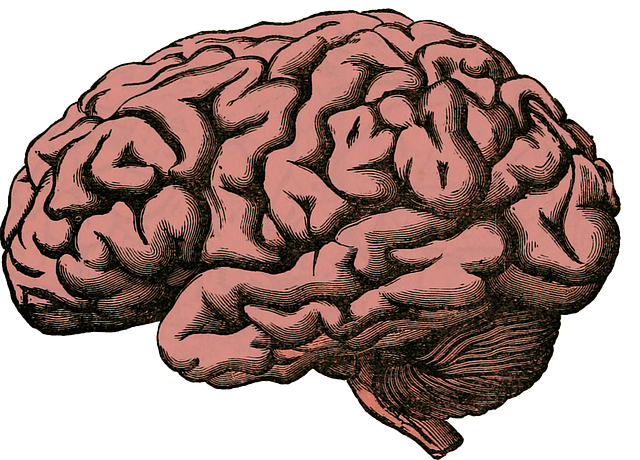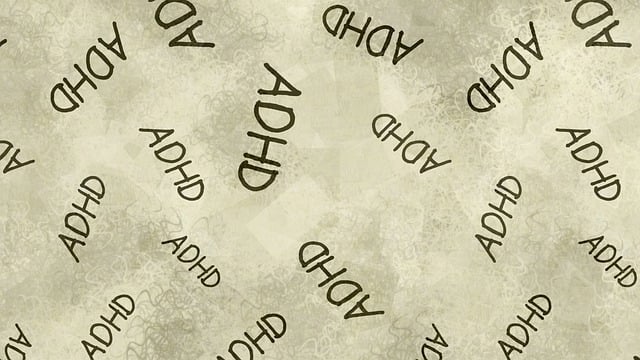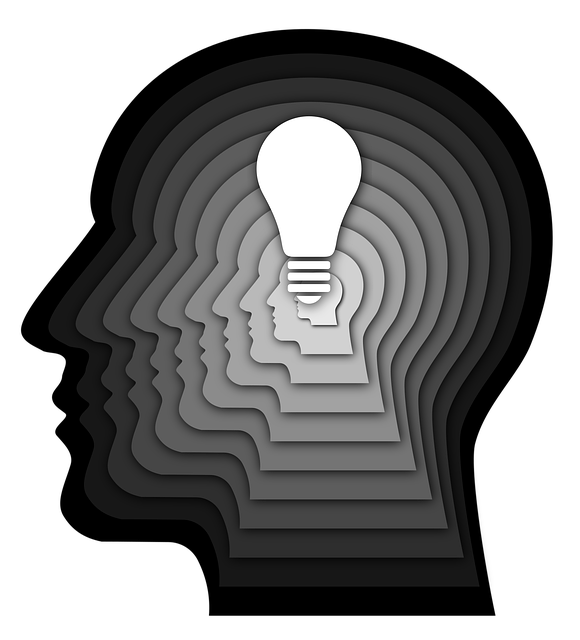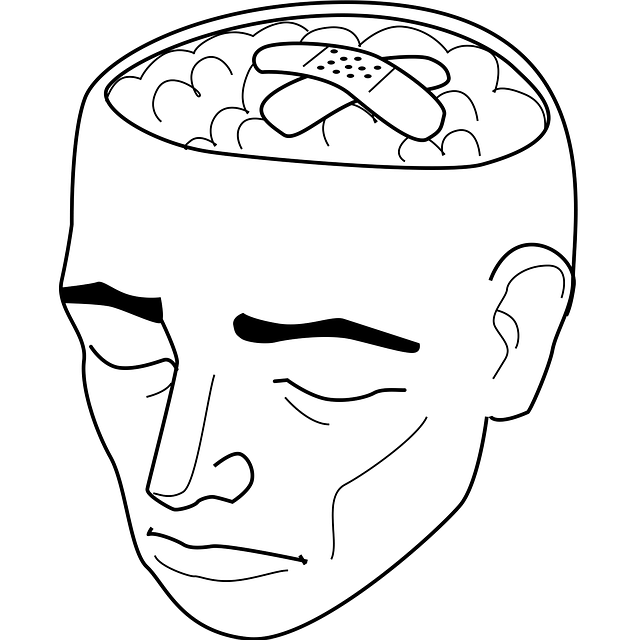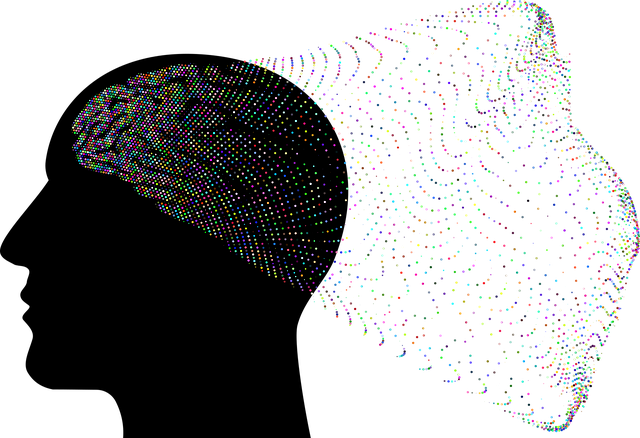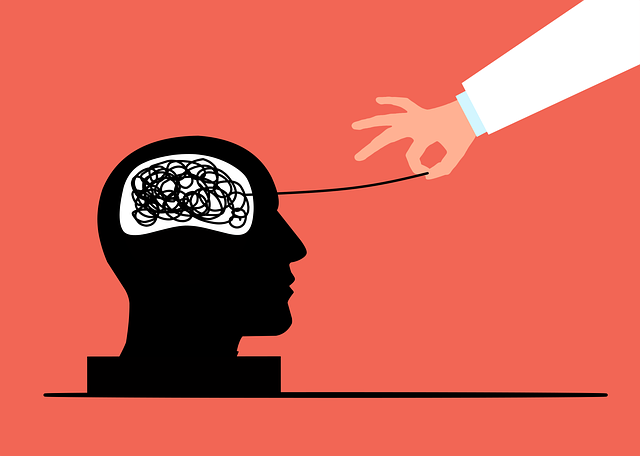Greenwood Village Adolescent and Teen Therapy employs a comprehensive strategy to evaluate their mental wellness programs, combining both quantitative and qualitative data collection methods. This approach includes self-reported surveys measuring anxiety, depression, and mood management symptoms, as well as semi-structured interviews with therapists to gain deeper insights into adolescents' experiences and perceived benefits from interventions like Self-Awareness Exercises and Positive Thinking techniques. By using these dual methods, they can accurately assess program outcomes, adapt and enhance their services, ultimately leading to better mental health results for young individuals.
Mental wellness programs play a crucial role in adolescents’ well-being, making effective evaluation methods essential for measuring impact and guiding improvement. This article explores assessment strategies used in mental health initiatives tailored to young individuals, with a focus on the Greenwood Village Adolescent and Teen Therapy program. We delve into quantitative techniques like surveys and statistical analysis, qualitative approaches including interviews and case studies, and the transformative power of participatory evaluation by engaging adolescents and parents.
- Assessing Program Impact: Methods and Metrics
- – Overview of evaluation techniques for mental wellness programs
- – Quantitative methods: Surveys, statistical analysis, and tracking progress
Assessing Program Impact: Methods and Metrics

Evaluating the impact of a mental wellness program is crucial to understanding its effectiveness and making informed improvements. At Greenwood Village Adolescent and Teen Therapy, we employ a multi-faceted approach to assess program impact, focusing on both qualitative and quantitative data. This method ensures a comprehensive view of participants’ progress and overall well-being.
Key metrics include self-reported surveys measuring changes in symptoms related to anxiety, depression, and mood management. Additionally, therapists conduct semi-structured interviews to gain insights into adolescents’ experiences, including the perceived benefits of specific interventions like Self-Awareness Exercises and Positive Thinking techniques. This dual approach allows for a nuanced understanding of program outcomes, enabling us to adapt and enhance our services, ultimately fostering better mental health outcomes for young individuals.
– Overview of evaluation techniques for mental wellness programs

Evaluation techniques play a crucial role in understanding the effectiveness and impact of mental wellness programs, especially those tailored for adolescents and teens like the Greenwood Village Adolescent and Teen Therapy. These methods are essential to measure progress, identify areas for improvement, and ensure that interventions are achieving their intended goals. Various strategies can be employed to assess the success of such programs, providing valuable insights into the well-being of participants.
One common approach involves self-report measures where individuals reflect on their mental health status, often through structured questionnaires. This method captures personal perspectives on symptoms, mood, and overall functioning. Additionally, qualitative assessments, such as interviews or focus groups, offer deeper insights into participants’ experiences, allowing them to share stories and reflections, including the development of Self-Care Routine Development for Better Mental Health and practices like Self-Awareness Exercises. These evaluations complement quantitative data, providing a comprehensive picture that can guide further improvements in mental wellness programs.
– Quantitative methods: Surveys, statistical analysis, and tracking progress

Evaluating mental wellness programs is a multifaceted process that leverages various methods to assess their effectiveness and impact. One of the primary approaches in this regard is quantitative analysis, which includes surveys and statistical analysis. These tools are instrumental in gathering data from participants and tracking progress over time. Surveys allow for direct feedback on aspects like satisfaction levels, perceived benefits, and areas needing improvement within mental wellness coaching programs, as seen in initiatives by Greenwood Village Adolescent and Teen Therapy.
Statistical analysis plays a crucial role in quantifying these findings, enabling professionals to identify trends, measure the success of interventions, and make informed decisions for program development and risk management planning for mental health professionals. By combining quantitative methods with qualitative insights, mental wellness programs can be continually refined to better serve their participants, ensuring optimal outcomes in promoting mental wellness.
Evaluating mental wellness programs, such as those offered by Greenwood Village Adolescent and Teen Therapy, is a multifaceted process. By employing both quantitative methods like surveys and statistical analysis, as well as tracking progress over time, we can gain valuable insights into program effectiveness. These evaluation techniques enable us to measure the impact on participants’ mental health, identify areas for improvement, and ensure that resources are allocated efficiently. Through rigorous assessment, we can enhance the quality of care and ultimately foster better outcomes for those seeking support.


